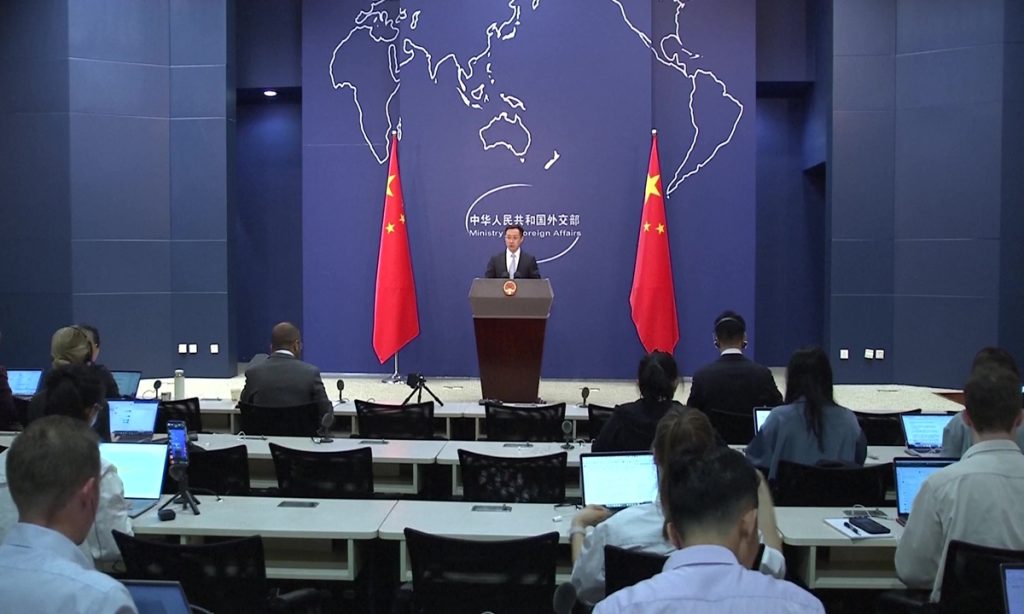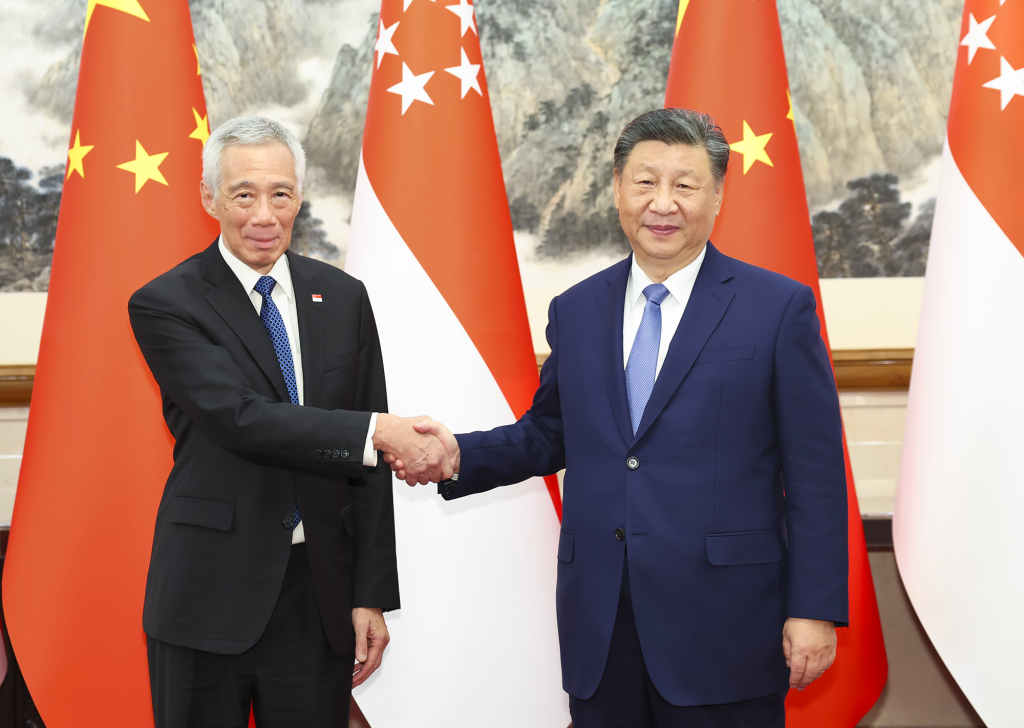Key meeting’s focus on steady growth boosts confidence

The just-concluded Central Economic Work Conference has drawn warm responses from officials, entrepreneurs, as well as Chinese and foreign observers, boosting their confidence in China's economic operation. Global media outlets also attached great attention to the world's second-largest economy's latest policy stance, which has significant global implications.
The annual Central Economic Work Conference was held in Beijing from Wednesday to Thursday as Chinese leaders decided on priorities for the economic work in 2025, according to the Xinhua News Agency. Xi Jinping, general secretary of the Communist Party of China Central Committee, Chinese president and chairman of the Central Military Commission, delivered an important speech at the conference.
The meeting acknowledged the deepened adverse impact brought about by changes in the external environment and the many difficulties and challenges still facing the domestic economic operation, and pointed out that the supporting conditions and fundamental trend for the Chinese economy's long-term sound development remain unchanged.
"We must face up to the difficulties, strengthen our confidence, and strive to transform all positive factors into actual achievements in development," the meeting said.
The important speech delivered by Xi has instilled fresh confidence into the conference participants, as officials expressed resolve to fulfill the goals and tasks in the 14th Five-Year Plan (2021-25) with high quality and lay a solid foundation for a good start to the 15th Five-Year Plan (2026-30), according to Xinhua News Agency.
Warm response
Representatives from Chinese companies paid close attention to the key meeting, as it outlined a number of key tasks for 2025, including efforts to vigorously boost consumption, improve investment efficiency, and expand domestic demand on all fronts.
Zhou Hongyi, founder and chairman of 360 Security Technology, told the Global Times on Friday that the top meeting's emphasis on innovation-driven growth portends more supportive policies and efforts to improve the business environment in the tech sector, and his company will seek to seize the opportunities in the new era to contribute more to the high-quality development of the Chinese economy by achieving constant innovation and industrial application and promoting the fusion of tech and industries.
Zhou Mi, a senior research fellow at the Chinese Academy of International Trade and Economic Cooperation, noted that China will in the next phase spend more effort on improving its investment environment based on the meeting's guidelines.
"The meeting called for efforts to be made to expand the pilot programs in opening up such fields as telecom, healthcare and education, and stabilize foreign investment… it means there will be more stability when it comes to attracting foreign investment, as it is also a common aspiration for global companies doing business in China," Zhou told the Global Times on Friday, noting that the priority given to further boosting consumption also reflected policymakers' considerations on both the domestic and external fronts.
Tao Wang, chief China economist with UBS Investment Bank, told the Global Times on Friday that the Central Economic Work Conference prioritized "stabilizing growth" and emphasized boosting domestic demand with more proactive macro policies, with "reviving household consumption" listed as a key task.
"The meeting set a much more supportive macro policy tone to stabilize growth, while more details are still set to be revealed later," Wang said, noting that the government explicitly called for cutting reserve requirement ratio and policy rates.
Zou Lan, an official with the People's Bank of China, said that the moderately loose monetary policy tone-setting sends a very strong signal, intensifying the continuity and effectiveness of policies, and is set to boost investor confidence, shore up consumption willingness and further invigorate the activeness of market entities, promoting the real economy to develop in a virtuous cycle, according to state broadcaster CCTV.
The Ministry of Commerce announced on Friday that the policy-backed trade-in programs for consumer goods has lifted sales revenues of related products by 1 trillion yuan ($137.45 billion) as of Friday, including the sale of 5.2 million cars, over 49 million home appliance products and 900,000 electric bikes.
Boon for global growth
The meeting with vital implications for world economy was closely watched by world media.
Bloomberg, in a report, said Chinese policymakers made "lifting consumption vigorously" and stimulating overall domestic demand their top priority, which happens "only the second time in at least a decade."
The New York Times highlighted China's emphasis on borrowing more and cutting interest rates in a bid to bolster growth and analyzed that the statements suggest a "willingness by Beijing to take more aggressive steps to increase spending."
The South China Morning Post noted that the meeting calls for making space for the private sector and increasing fiscal deficit and pledging more spending to keep demand high.
Maya Majueran, director of Belt and Road Initiative Sri Lanka (BRISL), a Sri Lanka-based organization that specializes in BRI cooperation, told the Global Times on Friday that despite facing numerous domestic and international challenges, supportive policies including a more proactive fiscal policy and a moderately loose monetary stance are expected to support stable and sustained economic growth and this creates a favorable opportunity for developing countries to boost their exports to the world's second-largest economy, with continued growth and influence.
Incremental policies, rolled out in September, have raised expectations of China's economic outlook and boosted market confidence, with a number of foreign financial institutions making positive remarks.
The economy is likely to maintain the momentum, Bloomberg reported on Friday, citing a forecast by a group of economists.
During a meeting on Tuesday in Beijing with heads of major international economic organizations, who came to attend the "1+10" dialogue, Xi said that China has full confidence in achieving this year's economic growth target and will continue to play its role as the biggest engine of world economic growth.







